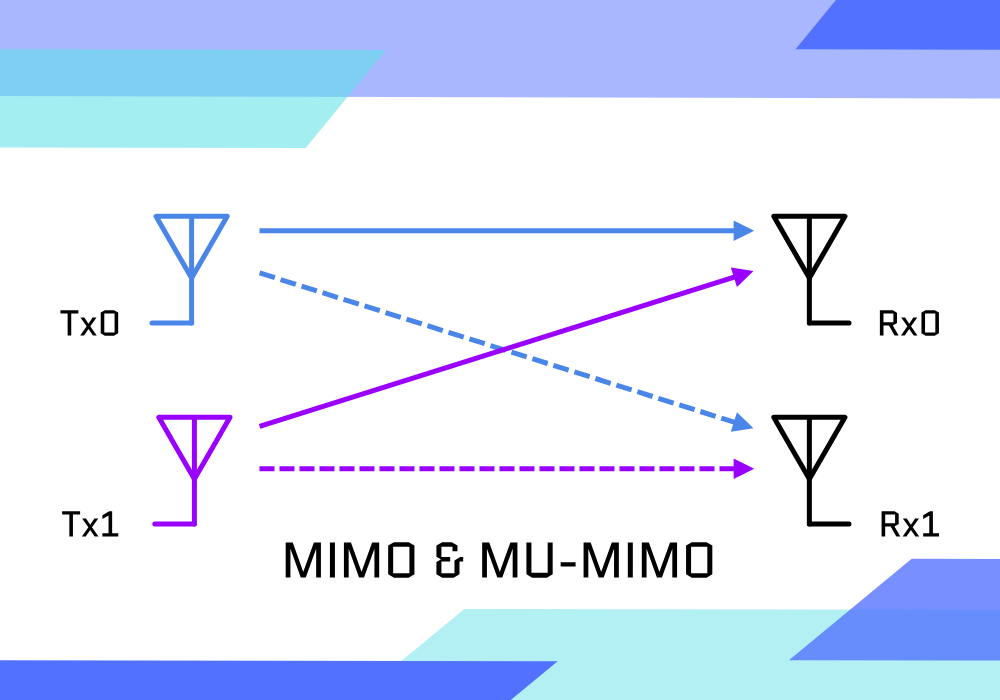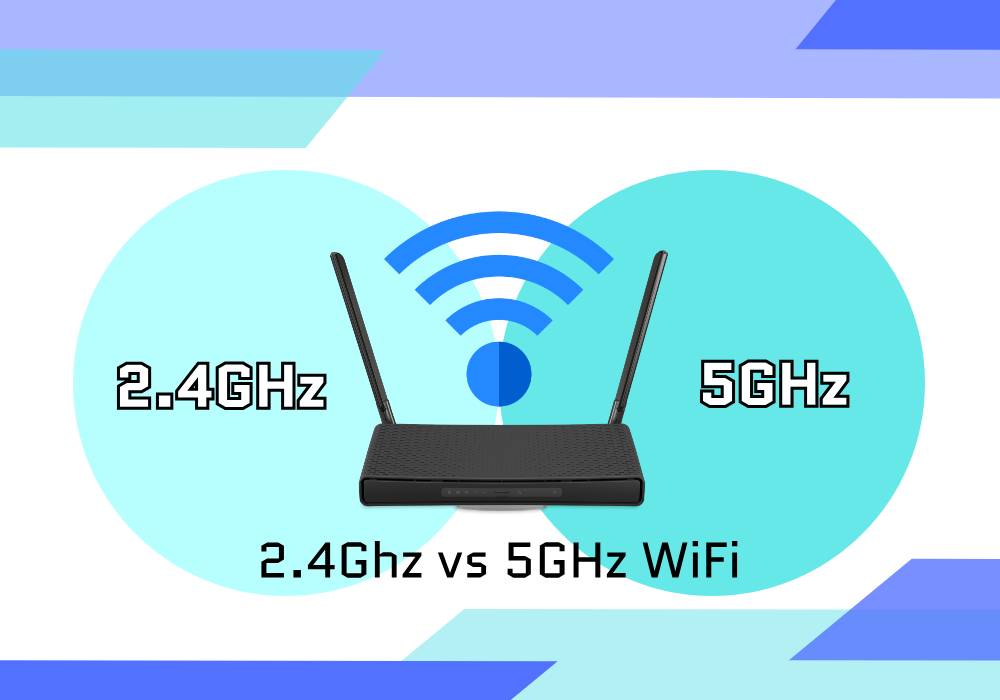What is Recursive Routing?
Recursive routing is a method used in networking to determine the best path to a destination by resolving intermediate routes. It involves a process where a router checks its routing table to find the next-hop IP address and then performs another lookup to find the physical interface or actual next-hop that can reach this next-hop […]
What is Recursive Routing? Read More »








